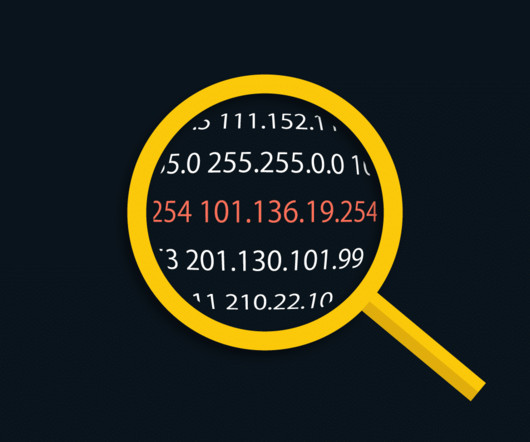Protect Your Systems Now from the Critical Windows SMBv3 RCE Vulnerability
CATO Networks
MARCH 24, 2020
At the beginning of the month, Microsoft released an advisory and security patch for a serious Windows Server Message Block (SMB) vulnerability called the Windows SMBv3 Client/Server Remote Code Execution Vulnerability (AKA Windows SMBv3 RCE or CVE-2020-0796). Windows SMBv3 RCE isnt the first vulnerability in SMB.











Let's personalize your content